Can Concrete be Impermeable?
shw001
12 years ago
Related Stories
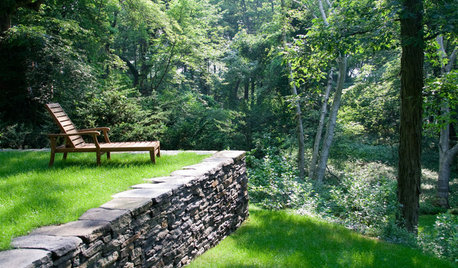
LANDSCAPE DESIGNWhat the Heck Is a Ha-Ha, and How Can It Help Your Garden?
Take cues from a historical garden feature to create security and borders without compromising a view
Full Story
HOME TECHWhat Chipotle and Radiohead Can Teach Us About Sound Quality at Home
Contemporary designs filled with glass and concrete can be hostile environments for great sound quality. Here's how to fix that
Full Story
REMODELING GUIDESConcrete Driveways: Poring Over the Pros and Cons
Concrete adds smooth polish to driveways and a sleek look to home exteriors, but here are the points to ponder before you re-surface
Full Story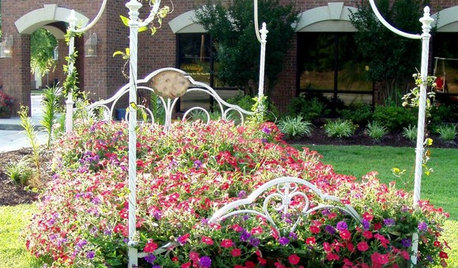
CONTAINER GARDENSYes, You Can Grow a Plant In That
You can upcycle your old typewriter, paint cans, tires and many more things into places for your plants
Full Story
PETS5 Finishes Pets and Kids Can’t Destroy — and 5 to Avoid
Save your sanity and your decorating budget by choosing materials and surfaces that can stand up to abuse
Full Story
COLORWhy Blue and Yellow Can Be Perfect Bedfellows
This color combo evokes clear skies and golden beaches and can bring cheer to even the gloomiest days
Full Story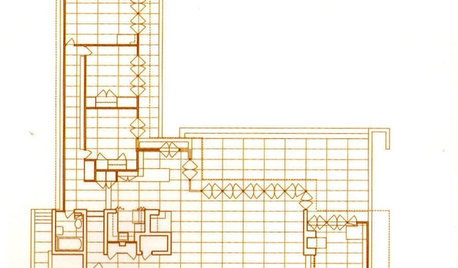
REMODELING GUIDESSee What You Can Learn From a Floor Plan
Floor plans are invaluable in designing a home, but they can leave regular homeowners flummoxed. Here's help
Full Story
COMMUNITYCommunity Building Just About Anyone Can Do
Strengthen neighborhoods and pride of place by setting up more public spaces — even small, temporary ones can make a big difference
Full Story
LAUNDRY ROOMSThe Cure for Houzz Envy: Laundry Room Touches Anyone Can Do
Make fluffing and folding more enjoyable by borrowing these ideas from beautifully designed laundry rooms
Full Story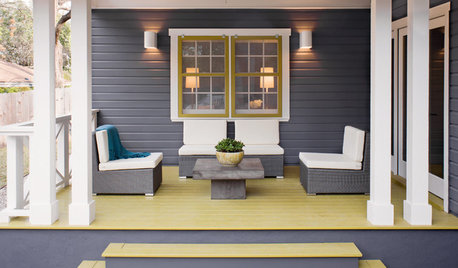
FLOORS8 Ways Colored Floors Can Boost Your Design
Deep colors add height, white creates calm, and warm hues spark energy. Learn more ways to use floor color to enhance your home
Full Story



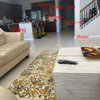

sombreuil_mongrel
renovator8
Related Professionals
Frankfort Kitchen & Bathroom Designers · Bay Shore Kitchen & Bathroom Remodelers · Buffalo Grove Kitchen & Bathroom Remodelers · Idaho Falls Kitchen & Bathroom Remodelers · Oxon Hill Kitchen & Bathroom Remodelers · Fairmont Kitchen & Bathroom Remodelers · Clinton Township Interior Designers & Decorators · Clarksville General Contractors · Columbus General Contractors · Leon Valley General Contractors · Medway General Contractors · Rolling Hills Estates General Contractors · Texas City General Contractors · West Melbourne General Contractors · Wheeling General Contractorsbrickeyee
shw001Original Author
hendricus
brickeyee
shw001Original Author
brickeyee
shw001Original Author